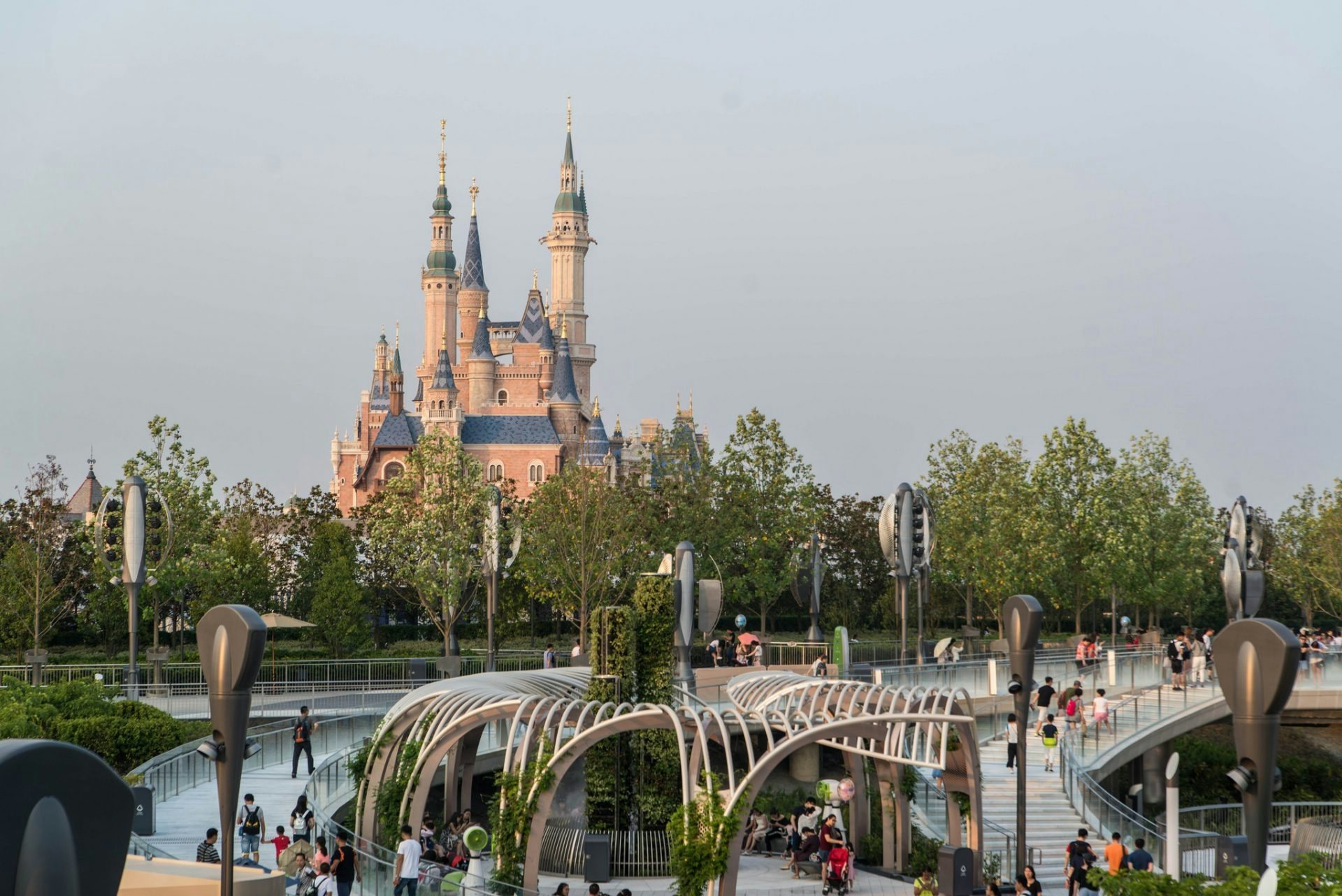According to a Euromonitor study published in the WTM Global Trends Report, China’s theme park market is poised to leapfrog market leader United States and runner-up Japan before the end of the decade. Euromonitor predicts that China’s theme park will generate US$12 billion in sales in 2020, with U.S. theme park sales predicted to reach US$9 billion.
The prediction represents 161 percent growth between 2015-2020 for Chinese theme parks, with U.S. theme park sales growth at a strong, but comparably modest, 12.5 percent in the same period.
Theme park tourism has grown immensely in China over the last few years, in part fueled by a lifting of a government ban on theme parks worth over US$800 million in 2013—no longer requiring central government approval. According to Euromonitor, 59 theme parks are currently in the planning and construction phases in China. Today, there are close to 300 theme parks of different sizes across China, many built before the government ban was lifted. In 2015 alone, 21 new theme parks opened their doors to the public in China. The much-anticipated Shanghai Disneyland Park was also scheduled to open in 2015, but was later delayed and held its grand opening in mid-2016. The move marked the first entry of a major global theme park operator in mainland China.
Dalian Wanda, a major domestic player in the theme park market, has pledged to overtake Disney as the world’s leading tourism company by 2020. “One tiger is no match for a pack of wolves—Shanghai has one Disney, while Wanda, across the nation, will open 15 to 20,” Dalian Wanda chairman Wang Jianlin said in a CCTV appearance soon before Disney’s Shanghai theme park opened.
While the attack on Disney was criticized as evidence of Dalian Wanda feeling threatened by its newfound competitor, there is some truth to Wang’s words. Overseas theme park operators have been slow to enter the Chinese market, in part because of bureaucratic hurdles, and have instead used their properties in the region to cater to the Chinese market—Disney in Hong Kong and Japan, Universal Studios in Singapore, and Legoland in Malaysia. Meanwhile, Dalian Wanda and other Chinese competitors have aggressively expanded with new theme parks popping up throughout China.
Disney’s overseas competitors have been even slower to enter the market. Universal Studios has made a US$3.3 billion bet on a theme park in Beijing, expected to open in 2019. Six Flags recently broke ground on its first Chinese theme park located 45 miles south of Shanghai, and is planning a second location in Chongqing in western China. UK-based Merlin Entertainments is also planning to build China’s first Legoland in the Shanghai region. Disney, on the other hand, has not unveiled any plans for additional theme parks in the country.
Therefore, it would seem that most of the growth between 2015 and 2020 will be seized by Chinese companies such as Dalian Wanda, with non-Disney overseas competitors not scheduled to enter the market before 2019—pending delays. Chinese operators also have a geographic reach that their overseas competitors fail to capitalize on—with the potential Chongqing Six Flags park the only exception. Instead, they focus on China’s two foremost cities—Shanghai and Beijing—and risk entering those markets at a point when they’re already saturated by the likes of Disney and Dalian Wanda.
Even though the very same companies are indirectly competing for Chinese theme park visitors with their Tokyo, Singapore, and Johor Bahru locations, they still risk missing out on a large share of the rising Chinese middle class, especially since it’s growing at a significantly higher rate outside Beijing and Shanghai. It would seem like the bet is that the high end of the market will be more profitable than going head-to-head with local competitors across China’s many provinces—even though the lion’s share of future growth lies in the latter.
